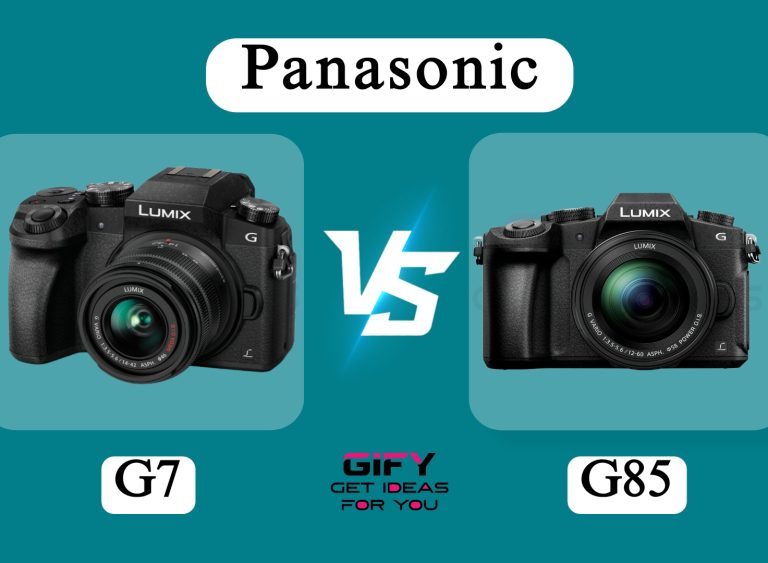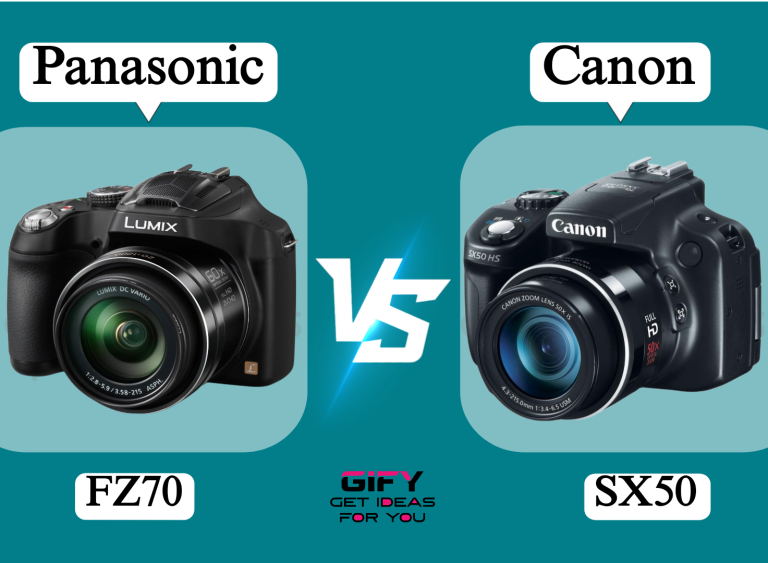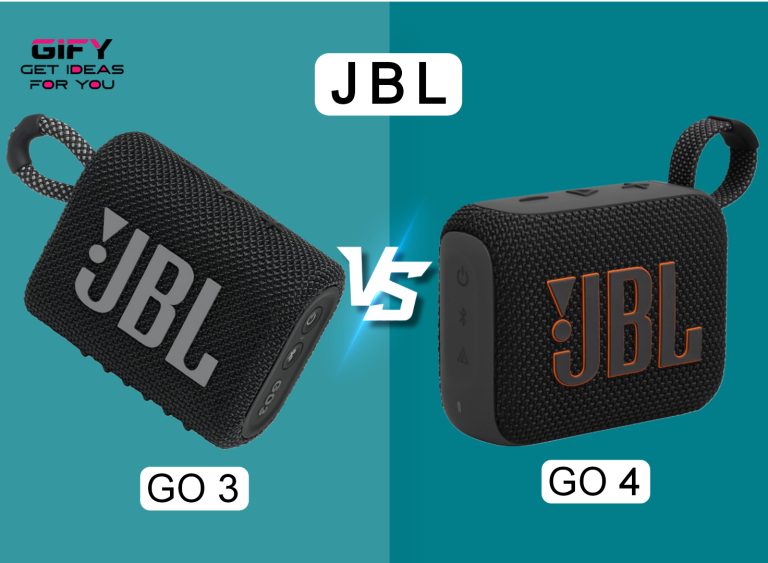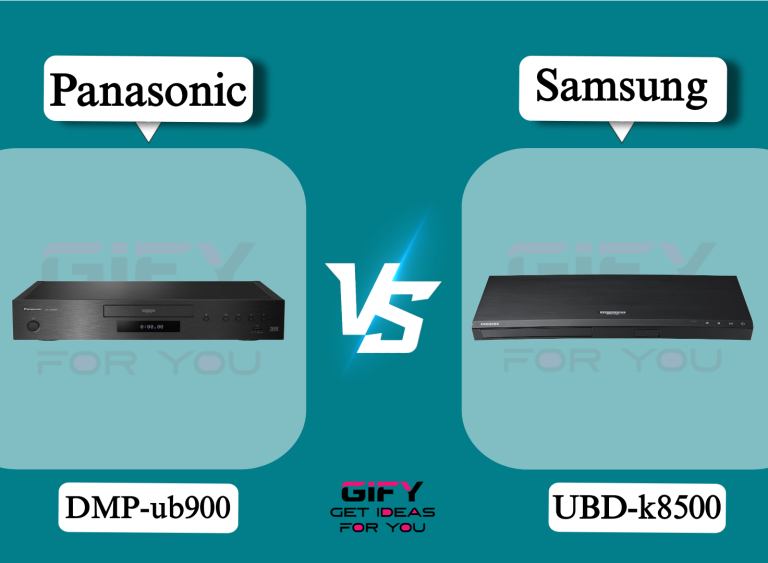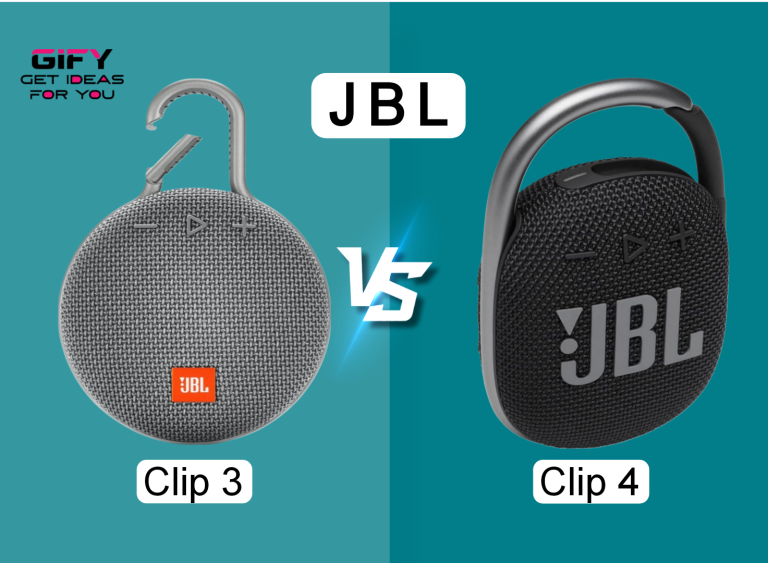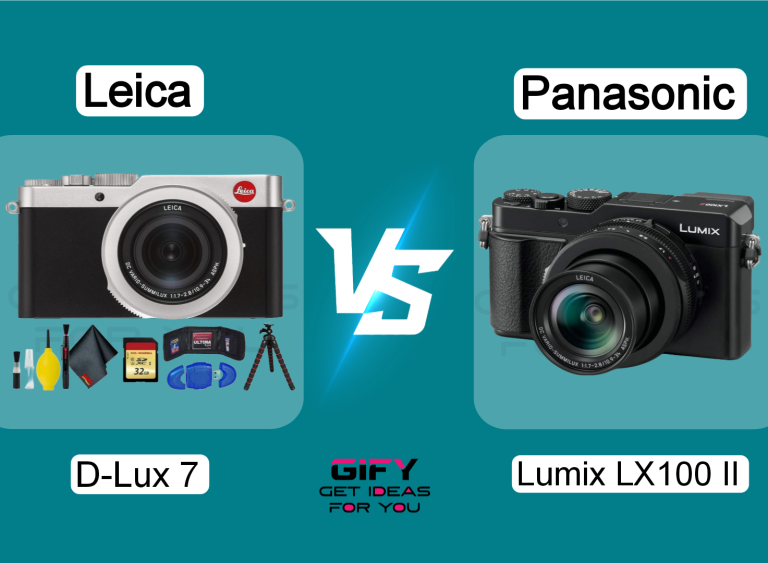The Canon RF 24-70 f/2.8 vs Sony FE 24-70 f/2.8 comparison brings two of the best standard zoom lenses head-to-head. Both are built for full-frame mirrorless systems and promise incredible sharpness, fast autofocus, and professional-level image quality.
These lenses are popular among photographers and videographers who need a reliable all-around performer for portraits, events, and travel. Choosing between them can be tough, especially when both deliver top-tier performance and optical excellence.
This detailed guide explores how each lens performs in real-world situations. You’ll learn about their optical design, stabilization systems, autofocus technology, handling, and video capabilities.
The goal is to help you decide which lens best fits your photography style and camera system. Whether you shoot with Canon’s EOS R lineup or Sony’s Alpha series, this comparison reveals which one truly stands out in versatility, sharpness, and usability.
Both lenses share similar specs, including a constant f/2.8 aperture, 24–70mm focal range, and weather-sealed construction. But their internal technologies, build design, and autofocus speed differ in meaningful ways.
These differences affect how each performs during fast-paced shoots or low-light conditions. Knowing the distinctions helps you make an informed buying decision before investing in one of these premium lenses.
By the end of this comparison, you’ll know exactly which lens gives you better value and performance for your needs. Let’s dive into the full breakdown of the Canon RF 24-70 f/2.8 and the Sony FE 24-70 f/2.8 GM OSS II to see which one earns the crown for professionals and enthusiasts alike.
Canon RF 24-70 f/2.8 – Standard Zoom Lens
The Canon RF 24-70 f/2.8 L IS USM lens represents the heart of Canon’s professional zoom lineup for mirrorless cameras. Designed for the EOS R system, this lens offers the perfect blend of optical excellence, speed, and durability.
Its bright constant f/2.8 aperture allows you to shoot in low light and achieve a stunning depth of field across the entire zoom range. The lens also includes Canon’s advanced optical image stabilization, which provides up to 5 stops of shake correction, making it ideal for handheld shooting in tricky lighting.
Detailed Overview
This lens is part of Canon’s elite “L” series, meaning it’s built with top-quality optics and materials. It includes a Nano USM (Ultrasonic Motor) that delivers fast, silent, and precise autofocus performance, essential for both still photography and video recording.
The control ring on the barrel allows quick adjustments to ISO, aperture, or exposure compensation without diving into menus. The optical construction includes advanced lens elements and coatings that minimize flare and ghosting, even when shooting in bright or backlit environments.
With a minimum focusing distance of just 0.69 ft at wide and 1.25 ft at telephoto, the RF 24-70 lets you get closer to your subject, capturing fine details with exceptional clarity.
Its weather-sealed design keeps dust and moisture at bay, making it suitable for outdoor and professional work. The lens feels well-balanced on Canon’s full-frame mirrorless bodies like the EOS R5, R6, and R3.
What Is Good
The Canon RF 24-70 f/2.8 delivers exceptional sharpness and contrast across the frame. Its image stabilization system gives you more freedom to shoot handheld, especially in low-light environments. The autofocus is nearly silent, which is ideal for video shooters.
The customizable control ring is another plus, letting you quickly adjust critical settings without distraction. The build quality is rugged yet refined, and the lens provides consistent performance across all focal lengths.
What Is Bad
The main downside is the price, as this lens is expensive even for professionals. It’s also slightly heavier than its competitors, which may affect portability. While it’s superb for stills, video shooters may notice a bit of focus breathing during focus pulls, though this is minor compared to older Canon lenses. Some photographers might prefer even lighter options for travel or documentary use.
Overall Verdict
The Canon RF 24-70 f/2.8 is a powerhouse lens that lives up to its “L” series reputation. It’s sharp, fast, and reliable in almost any shooting scenario. The combination of optical stabilization,
Nano USM autofocus, and intuitive control features makes it an excellent investment for serious Canon users. If you shoot with an EOS R camera and demand professional results, this lens remains one of the best choices available today.
Sony FE 24-70 f/2.8 GM OSS II – F2.8 constant aperture Standard Zoom lens
The Sony FE 24-70mm f/2.8 GM OSS II is Sony’s latest upgrade to its flagship standard zoom. It combines advanced optics, lightning-fast autofocus, and exceptional portability. Sony’s G Master line has long been praised for its image quality, and this version brings major improvements over the original.
It’s designed for both stills and video, offering superior sharpness, reduced focus breathing, and enhanced control. This lens targets professionals who demand consistent, high-end performance from their full-frame Alpha cameras.
Detailed Overview
The Sony FE 24-70 GM OSS II features two XA (extreme aspherical) elements, two ED glass elements, and two Super ED glass elements that work together to eliminate chromatic aberration and distortion. This advanced optical design ensures edge-to-edge clarity even
when shooting wide open at f/2.8. The floating focus mechanism and improved coatings further enhance contrast and color accuracy. The result is a lens that produces incredibly detailed and vibrant images in every frame.
Despite its professional-grade optics, this lens is surprisingly compact and light. Weighing just 695 grams (24.6 oz), it’s over 20% lighter than its predecessor. The smaller size makes it a perfect companion for long shoots or
handheld videography. Autofocus performance has also evolved dramatically, powered by four XD Linear Motors that deliver ultra-fast, precise, and quiet focusing. Whether you’re shooting stills at 30fps or recording 4K 120p video, the lens tracks subjects effortlessly.
What Is Good
The Sony FE 24-70 GM OSS II excels in clarity and contrast. It’s one of the sharpest zooms Sony has ever made, with outstanding color rendition. The lightweight design makes it far easier to handle than other pro lenses in its class.
Autofocus is blazing fast and whisper-quiet, which is great for hybrid shooters who do both photos and video. The new aperture unit allows smooth, clickless control, enhancing creative flexibility for filmmakers.
What Is Bad
Its biggest limitation is the absence of built-in optical stabilization, which some users expect at this price point. While most Sony bodies offer in-body stabilization (IBIS), videographers using gimbals or
older cameras may still notice this gap. Another point to consider is the premium cost, which places it at the high end of the market. However, its lightweight construction and improved features justify the investment for serious users.
Overall Verdict
The Sony FE 24-70 f/2.8 GM OSS II is one of the most advanced zoom lenses available. It’s sharp, compact, and optimized for both photos and video. The autofocus system is among the best in its category,
and the reduced weight improves overall handling. Sony’s focus on innovation makes this lens a top pick for professionals who want maximum performance without compromise.
Common Features
Both the Canon RF 24-70 f/2.8 and Sony FE 24-70 f/2.8 lenses share a number of professional-grade features that make them standout options for serious photographers and videographers. While their designs reflect the strengths of their respective camera systems, they offer similar functionality and performance in key areas.
- Compatible Mount: Each lens is designed for its respective full-frame mirrorless mount. The Canon version fits RF-mount cameras, while the Sony version fits E-mount systems. Both integrate seamlessly with their camera ecosystems.
- Image Stabilization: The Canon RF 24-70 includes optical image stabilization rated up to 5 stops, helping reduce camera shake. The Sony FE 24-70 relies on the camera’s in-body stabilization, which performs equally well on most Alpha models.
- Weight and Size: Both lenses are relatively compact for their class. The Canon weighs slightly more at around 900g, while the Sony comes in at a lighter 695g. Both are well-balanced on their native cameras and easy to carry for professional use.
- Autofocus: Both lenses deliver rapid, accurate, and near-silent autofocus. Canon’s Nano USM motor ensures smooth transitions, while Sony’s XD Linear Motors provide exceptional tracking speed for stills and video.
- Video Features: Each lens supports professional video production. Canon offers stabilized footage and smooth focus control, while Sony minimizes focus breathing and supports breathing compensation in compatible bodies.
- Extra Controls: Both include customizable control options. The Canon has a programmable control ring, while Sony includes focus hold buttons and a manual aperture ring for tactile feedback.
In everyday use, both lenses deliver consistent sharpness, natural color, and impressive low-light performance. Their constant f/2.8 aperture ensures strong subject isolation and bokeh,
making them ideal for portraits, weddings, and cinematic video. Whether paired with a Canon EOS R5 or Sony A7R V, both lenses perform at a level suitable for commercial and creative work.
Related Article 🎀
Point 1: Sony E vs FE: Which Lens Mount Fits You Best?
FAQs About Canon RF 24-70 f/2.8 vs Sony
Which lens offers better image stabilization?
The Canon RF 24-70 has built-in optical image stabilization, while Sony relies on in-body stabilization. Both perform well, but Canon’s lens stabilization can be slightly more effective in handheld shooting.
Which lens is lighter and more portable?
The Sony FE 24-70 GM OSS II is noticeably lighter, weighing about 24.6 oz. This makes it easier to carry and balance on smaller camera bodies or gimbals.
Which lens is better for video shooting?
Sony’s lens has superior video handling due to minimal focus breathing and smooth aperture control. Canon, however, provides stabilized footage, making both strong contenders for filmmakers.
Can these lenses be used on other camera systems?
No. The Canon RF 24-70 only fits Canon RF-mount cameras, and the Sony FE 24-70 only fits Sony E-mount cameras. Adapters may exist but often limit performance.
Which lens offers better overall value?
It depends on your camera system. Canon users benefit from built-in stabilization and durability, while Sony users gain portability and advanced autofocus. Both are excellent investments for professionals.
Conclusion
The Canon RF 24-70 f/2.8 vs Sony FE 24-70 f/2.8 comparison shows how closely matched these flagship lenses are. Both deliver stunning image quality, strong low-light performance, and fast, accurate autofocus. Each caters to its ecosystem’s strengths, with Canon focusing on stability and Sony emphasizing innovation and weight reduction.
Canon’s RF 24-70 f/2.8 stands out for its optical stabilization and rock-solid build, making it ideal for handheld shooting and field reliability. Meanwhile, Sony’s FE 24-70 GM OSS II shines for its portability, cutting-edge autofocus, and outstanding sharpness across all focal lengths.
In the end, the best choice depends on your camera system and priorities. If you shoot Canon, the RF 24-70 f/2.8 is a no-brainer for professionals. If you use Sony, the FE 24-70 GM OSS II delivers unmatched performance and handling. Both are true workhorses and among the finest zoom lenses ever made.




